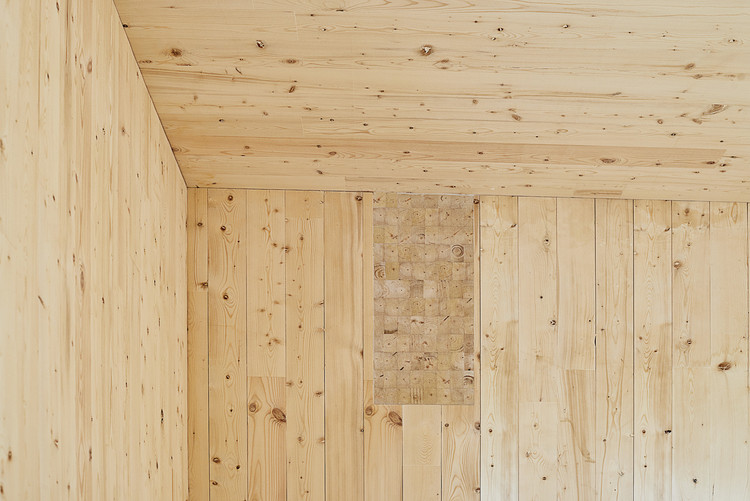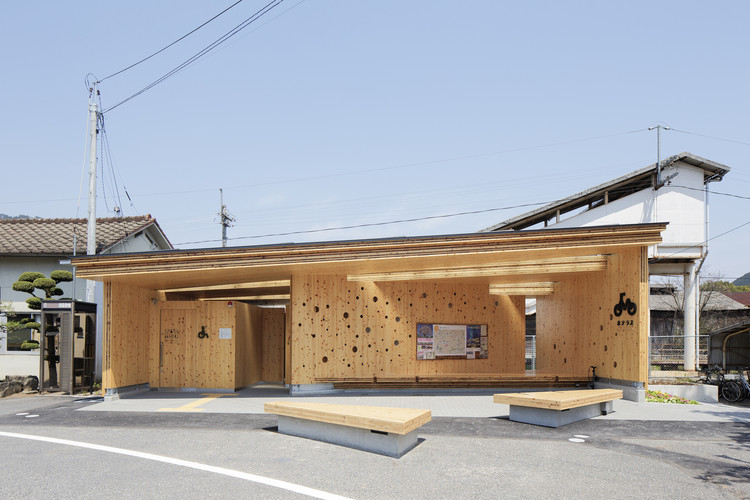Cross-laminated timber and its role in sustainable construction
Cross-laminated timber, also known as CLT (for its acronym in English) is a building material that has gained popularity in modern and sustainable architecture. It is a panel composed of layers of wood arranged perpendicular to each other, glued with high-strength structural adhesives.
Construction with CLT has become a sustainable and eco-friendly alternative for traditional construction. The wood used for the manufacture of CLT is a resource renewable and biodegradable which is obtained from responsibly managed forests. In addition, CLT manufacturing requires less energy than other conventional building materials, such as steel and cement.
CLT has been used for infrastructure pieces, support in large construction works, as forms for foundations, and in housing projects and office buildings. The panels can function as walls, floors, furniture, siding and ceilings, and their thickness and length can be adapted to the demands of each project. Panels made of CLT are assembled and cut in their production, and already provide for joints, openings and perforations, making it easy to build on site
The mechanical properties of CLT allow for great flexibility in design and construction, and large panels can be used to reduce construction time and costs.

CLT is known for its low carbon footprint, its strength-to-weight ratio, its speed and its easy construction. It’s a Energy-efficient and environmentally friendly material from a managed sustainable source, which provides a positive CO2 balance. CLT is lighter than concrete and steel, but has the same strength. In addition, to achieve the same degree of insulation that a 100 mm thick CLT wall has, for example, we would need to build a 1.80 m thick concrete wall.
In conclusion, CLT construction is a viable and cost-efficient alternative to conventional construction, and can contribute to reducing the carbon footprint of the construction industry.


